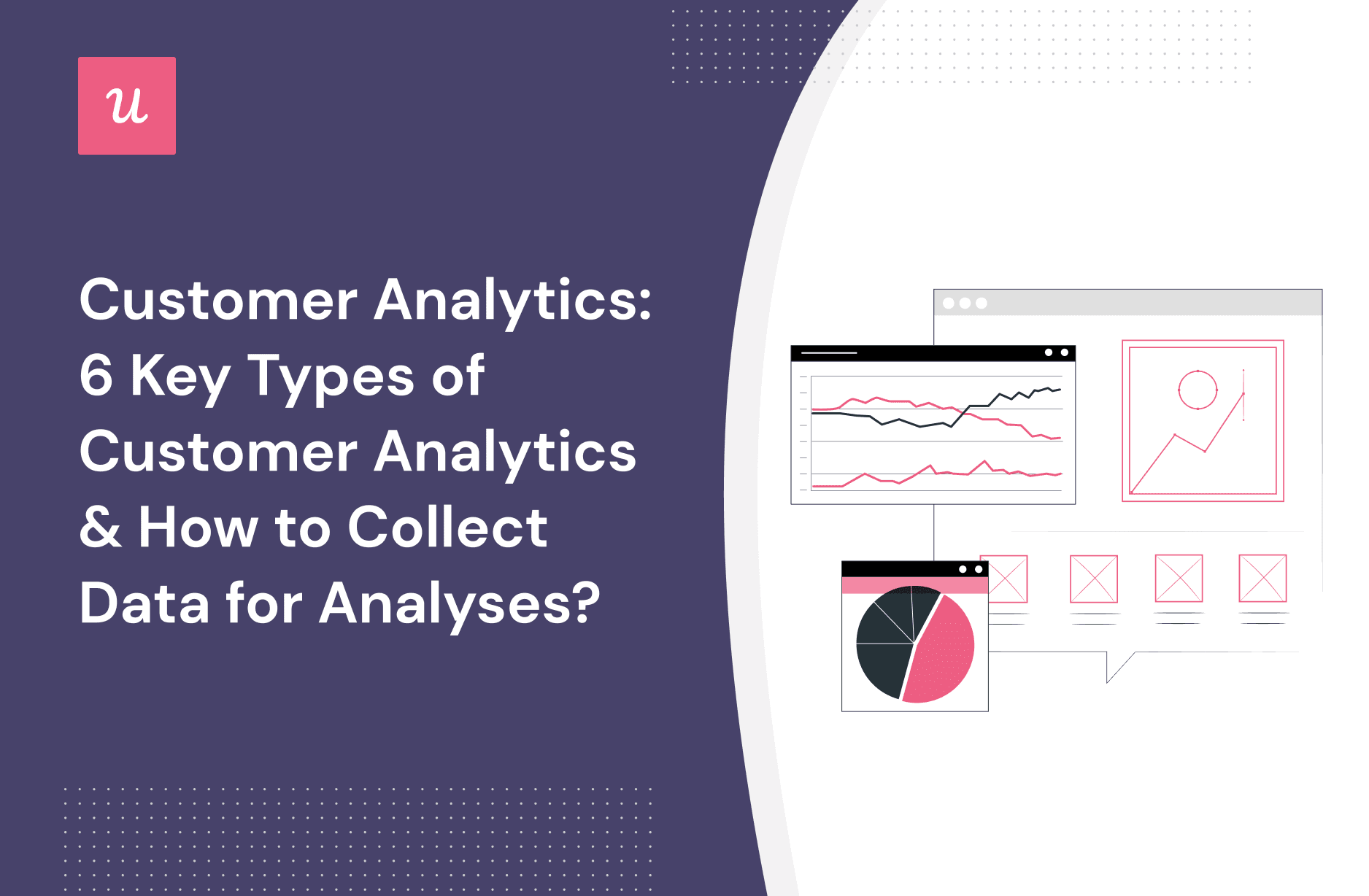Two key elements in deciding how to collect data for marketing research are target audience and research goals. Understanding who you are trying to reach and what insights you need will guide your data collection strategy.
Effective data collection methods are essential for gathering valuable information to inform marketing decisions. By carefully considering these key elements, businesses can optimize their marketing research efforts and achieve actionable results that drive success. We will explore the importance of target audience and research goals in informing data collection strategies for marketing research.

Credit: thegratifiedblog.com
Importance Of Data Collection In Marketing Research
Data collection is a crucial aspect of marketing research as it provides valuable insights for decision-making. Understanding the target audience is essential as it helps in crafting effective marketing strategies. By collecting relevant data, businesses can gain valuable insights into consumer behavior and preferences, allowing them to make informed decisions when it comes to product development and marketing campaigns. Moreover, data collection helps in identifying market trends and potential opportunities, enabling businesses to stay competitive in the ever-evolving market landscape. With the right data collection methods in place, businesses can gather accurate and relevant information to drive their marketing efforts and achieve success in their respective industries.
Identification Of Key Elements
The relevance of research objective and availability of resources are the two key elements to consider when determining how to collect data for marketing research. The research objective must align with the specific goals and needs of the marketing strategy, ensuring that the data collected is directly applicable to the intended outcomes. Simultaneously, the availability of resources, including budget, time, and personnel, will dictate the feasibility of various data collection methods. It is crucial to strike a balance between the two elements, weighing the importance of the research objective against the practical limitations of available resources.
Relevance Of Research Objective
Relevance of research objective is crucial in deciding how to collect data for marketing research. Defining clear research goals helps in aligning data collection methods effectively. It is important to have a well-defined objective to ensure that the data collected is relevant and aligned with the research goals. By clearly defining the research goals, marketers can determine the specific information they need to gather and the most appropriate methods to collect it. This allows for targeted data collection, saving time and resources. Choosing the right data collection methods is essential for obtaining accurate and valuable insights. The methods selected should align with the research objectives to ensure that the data collected is meaningful and can be effectively analyzed. Proper alignment between research objectives and data collection methods enhances the quality and reliability of marketing research. A well-defined objective and aligned data collection methods are the two key elements in determining how to collect data for marketing research.
Availability Of Resources
Two key elements in deciding how to collect data for marketing research are the availability of resources and the specific objectives of the study. By carefully considering available resources such as budget, time, and personnel, marketers can determine the most effective data collection methods for their research goals.
| Availability of Resources |
| Budgetary Constraints: Consider costs of data collection methods. |
| Time and Personnel: Evaluate staffing and time needed for research. |
Budgetary Constraints
Sure, I understand your requirements. Here’s the HTML format with bolded important phrases: “`htmlWhen deciding how to collect data for marketing research, two key elements to consider are the budgetary constraints and cost-effective methods. Determining the research budget is essential as it directly impacts the scope and depth of the research. Exploring cost-effective methods such as online surveys, social media monitoring, and data mining can help in maximizing the value of the research within the allocated budget. By carefully evaluating the available resources and considering innovative approaches, businesses can gather valuable insights without overspending. Allocating the budget effectively and utilizing cost-effective methods are crucial in ensuring that the marketing research generates actionable and impactful results.

Credit: userpilot.com
Time And Personnel
When deciding how to collect data for marketing research, it’s essential to factor in setting a realistic timeline for the process. This involves careful consideration of the resources and personnel required to execute the data collection efficiently. Whether in-house or outsourcing, the availability of skilled personnel and their commitment to the project are crucial elements impacting the timeline. Choosing to outsource can provide access to specialized expertise, potentially accelerating the data collection process. However, in-house capabilities may offer greater control over the timeline, aligning with specific project requirements and objectives.

Credit: www.chegg.com
Frequently Asked Questions On What Are Two Key Elements In Deciding How To Collect Data For Marketing Research?
What Are Two Key Elements In Deciding How To Collect Data?
Two key elements in deciding how to collect data are the research goals and target audience.
What Are Two Key Elements In Deciding How To Collect Data For Marketing Research Multiple Select Question Methods Measures Of Success Concepts Marketing Actions?
Key elements in deciding data collection methods are measures of success and marketing concepts.
What Are The Two Key Elements When Defining A Marketing Research Problem?
The two key elements for defining a marketing research problem are clearly identifying the problem and setting specific objectives.
What Are The Key Elements Of Marketing Research?
The key elements of marketing research include data collection, analysis, market segmentation, and consumer behavior study. These elements help in understanding customer needs, market trends, and competition to make informed business decisions.
What Role Does Data Collection Play In Marketing Research?
Data collection is crucial for understanding consumer behavior and making informed marketing decisions.
Conclusion
To conclude, the two key elements in determining how to collect data for marketing research are the research objectives and the available resources. By identifying clear objectives and understanding the budget, time constraints, and expertise required, marketers can make informed decisions on which data collection methods to utilize.
This allows for efficient and accurate data collection, leading to valuable insights and improved decision-making in the marketing field.











